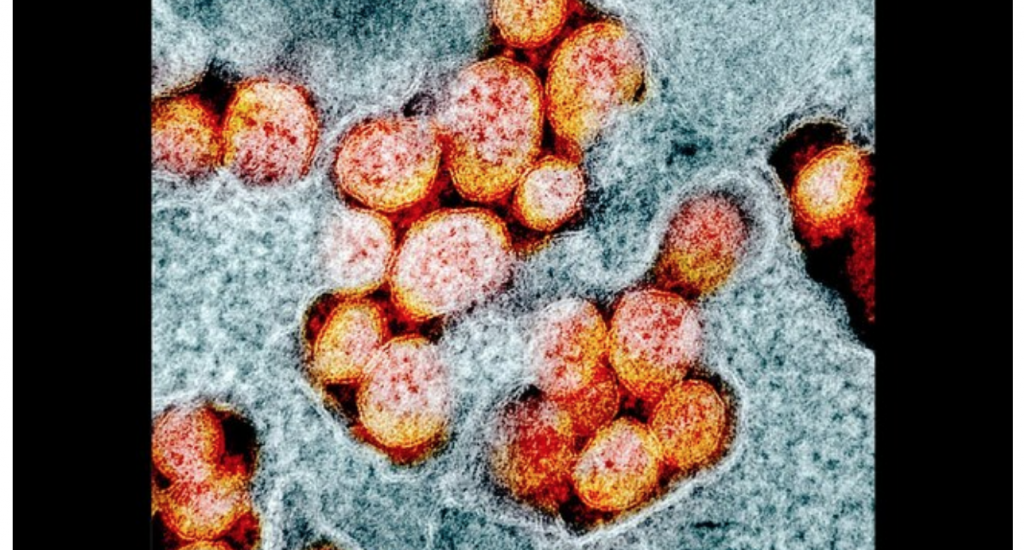
Fighting the enemy, COVID-19, will require every weapon in the world’s arsenal, including AI. (Source: National Institute of Allergies and Infectious Diseases)
Global AI Efforts include Cures and Security in Using Contact Tracing
It is astounding how many changes the COVID-19 virus has brought about worldwide. As they are learning more about the virus and how it is mutating, new restrictions and applications are being introduced to involve surveillance and data tracking.
Now the world is in the thick of the coronavirus pandemic, governments are quickly deploying tracking methods. These include device-based contact tracing, wearables, thermal scanning, drones and facial recognition technology. Governments are using them to track not just the spread of the coronavirus, but the movements of their citizens.
In all likelihood, the surveillance efforts will be permanent.
In an article on venturebeat.com, Seth Colaner reveals some of the tools being used to save protect us and to keep track of us. Can governments do both to our satisfaction? This article is part of a VB special issue. Read the full series: AI and Surveillance.
Obvious concerns about data privacy and abuse raise concerns if that data is exposed or misused by those who hold it. Also, the tradeoffs between privacy and measures needed to curb the spread of COVID-19 are a matter of extensive debate.
Some of these applications will work on phones, wearables, etc. The apps will register your temperature, heart rate, and more. Then if you begin showing negative medical signs you would be notified and likely ordered into quarantine.
The Centers for Disease Control and Prevention (CDC) says contact tracing is “a core disease control measure employed by local and state health department personnel for decades.”
Since the COVID-19 health crisis began, researchers have explored how artificial intelligence can track and treat the virus. Although models haven’t yet become widespread, data scientists have experimented with tools to estimate needed hospital beds, predict which patients could become critically ill, and search for possible vaccines. Stanford Human Centered Artificial Intelligence (HAI) associate director and medical doctor Russ Altman, a professor of bioengineering at Stanford University, answered readers’ questions on Quora about the role AI could play in this pandemic. Here are some of his main takeaways (and read all his responses or follow him here).
The possibilities for these kinds of algorithms are very powerful and not to be dismissed, but they must be built and evaluated very cautiously because premature deployment could cause more harm than good.
What is AI’s role in finding a vaccine for COVID-19?
The application of AI to vaccine development is still at an early stage, but a variety of AI-based approaches have the potential to aid COVID-19 vaccine development. As Altman explains:
“First, a 3-D structure of viral proteins can be very useful for vaccine design. Sometimes the 3-D structures are not available. Machine learning models can predict viral protein structure before molecular biologists have experimentally solved it. Understanding such protein structure provides an important foundation for reasoning about the development of vaccines and other drugs. For example, SWISS-MODEL, a structural bioinformatics web-server focused on making protein modeling accessible to researchers, computationally predicted the structure of all SARS-CoV-2 proteins (SARS-CoV-2 is the virus that causes COVID-19). These predictions were later shown to have high consistency with experimentally solved structures.”
Altman’s paper is very detailed explaining the role of AI in the battle with the virus. Other points Altman touched on include How is AI used in drug discovery? What is AI’s role in disseminating information about COVID-19?
Both articles will give you a deeper understanding of how our technology will play a vital role in protecting us from here into the New Normal.
read more at hai.stanford.edu







Leave A Comment